Benefits of Punarnava, dosage, side effects, and how to use?
What is Punarnva? Punarnava is one of the important herbs in Ayurveda, Benefits of Punarnava are various in the Ayurvedic …
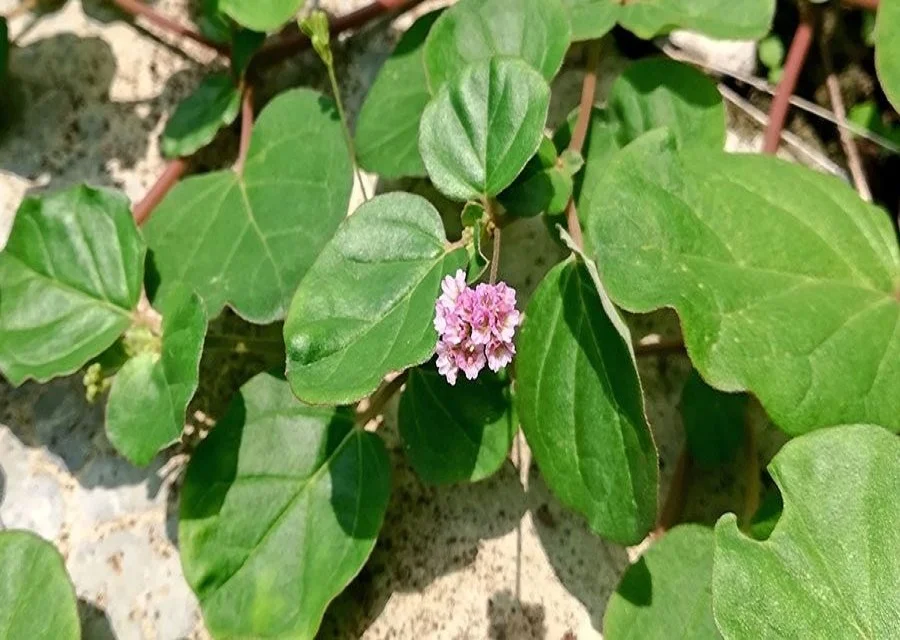
What is Punarnva?
Punarnava is one of the important herbs in Ayurveda, Benefits of Punarnava are various in the Ayurvedic system of medicine. Punarnava is best known for its natural diuretic properties, which help promote urine flow and reduce water retention in the body. It is often used to manage conditions like edema, kidney stones, urinary tract infections, and liver disorders. Additionally, the Benefits of Punarnava are anti-inflammatory, antioxidant, and immune-modulating properties.
Punarnava in Ayurveda
This plant is considered to be dry during summer and recur during autumn according to Sounaka. Punarnava is an important herb with excellent therapeutic utility in Sotha. Though modern research now and then reports it as a diuretic, it is not emphasized for Mutrala purpose in the major Ayurvedic texts. It is also appreciated as a Rasayana drug in the literature. Except in the context of the Vayahsthapana group. Charaka quoted two types of Punarnava (Vide: Käsahara, Anuvasanopaga, and Svedopaga groups). In the Sakavarga he described Punarnavā with the synonym ‘Kathilla’. Suśruta included both Varṣabhu and Punarnava in the Śāka varga
What is the Morphology of Boerhavia diffusa ?
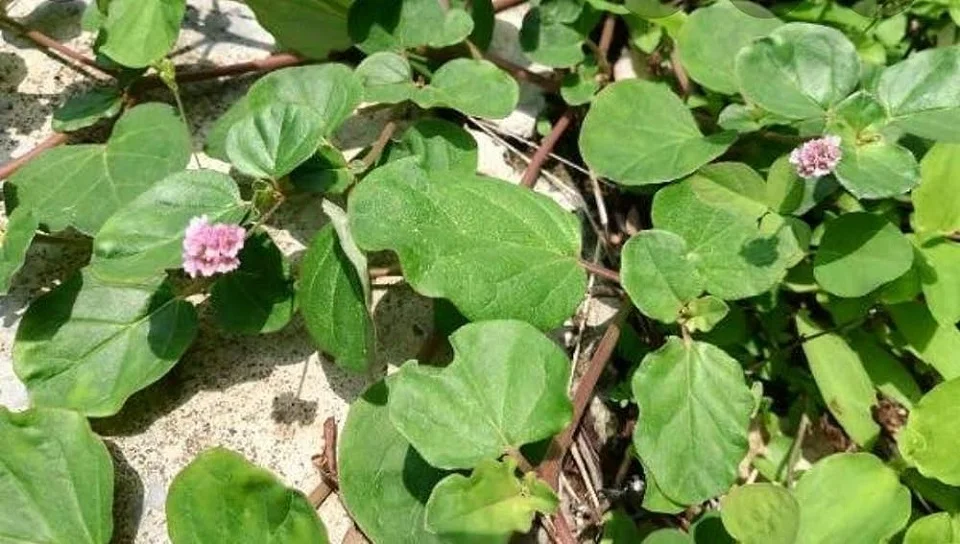
Latin name– Boerhavia diffusa Linn. (B. repens Linn.) (Fam.Nyctaginaceae )
Boerhaavia diffusa is an Annual herb, which is considered to be dry during summer and which recurs during autumn. Plant length is about 0.75-1 meter, up to 4 meters in the rainy season. The stem is horizontal and usually purple. Punarnava leaves are usually 2.5-4 cm long, White with smooth hairs on the upper surface. Roots are Yellowish-brown in color. Flowers are red and fruits are round or circular and contain seeds like cow beans. Flowering and fruiting occur during winter. Boerhaavia diffusa occurs throughout India, In the Himalayan region up to 2000meter altitude.
Type of Punarnava
Two types of Punarnava are mentioned in most Ayurvedic texts,
- Sveta Punarnava (Boerhaavia diffusa)
- Rakta Punarnava (Triantha portulacastrum)
In Raja Nighantu one more variety is mentioned,
- Nila Punarnava
Synonyms
Kathilla, Sophaghni, Sothaghna, Varshabhu
Classical Categorization
Charak:Vayasthapana, Kasahara, Anuvasanopaga, Svedopaga
Sushruta:Vidarigandhadi
Vaghbhatta:–
Other/Regional Language Names
- English:Horse Purslene, Hog Weed
- Gujarati:Dholi satodi, Motosatodo
- Hindi:Gadapurna, Lalpunarnava
- Kannada:Snadika, Kommeberu, Komma
- Kashmiri:Vanjula punarnava
- Malayalam:Chuvanna Tazhutama, Tavilama, Tlutama
- Marathi:Ghetuli, Vasuchi muli, Satodimula, Punarnava, Khaparkhuti
- Oriya:Lalapuiruni, Malipuruni
- Punjabi:ltcit (Ial), Khattan
- Tamil:Mukurattai (Shihappu)
- Telugu:Atikammamidi, Erragalijeru
- Urdu:Surkh punarnava
- Assamese:Ranga Punanabha
- Bengali:Rakta punarnava
Constituents
Hentriacontane, ẞ-sitosterol, oxalic acid, D-glu- cose, punarnavoside, punarnavine-1, punarnavine-2, boeravinones A, B, C etc.
Rasa Panchak
- Rasa:Madhura, Tikta, Kashay
- Guna:Ruksha, Laghu
- Virya:Ushna
- Vipaka:Madhura
- Karma:Kaph-vata hara, Anuloamana, Mutravirechaniya, Rasayan, Sothahara
References in Ayurvedic texts
उष्णानि स्वादुतिक्तानि वातप्रशमनानि च ।
तेषु पौनर्नवं शाकं विशेषाच्छोफनाशनम् ।।
( सुश्रुत सू० 46 / 255)
पुनर्नवाऽन्या रक्ताख्या क्रूरा मण्डलपत्रिका ।
रक्तकाण्डा वर्षकेतु लहिता रक्तपत्रिका ॥
वैशाखी रक्तवर्षाभूः शोफघ्नी रक्तपुष्पिका ।
विकस्वरा विषघ्नी च प्रावृषेण्या च सारि ॥
वर्षाभवः शोणपत्रः शोणः सम्मीलितद्रुमः ।
पुनर्नवो नवो नव्यः स्याद्वाविंशतिसंज्ञया ।।
रक्ता पुनर्नवा तिक्ता सारिणी शोफनाशिनी ।
रक्तप्रदरदोषघ्नी पाण्डुपित्तप्रमदनी ॥
(रा० नि०, पर्पटादि वर्ग; 117-120)
What are Benefits of Punarnava?
- Dhatukshaya (tissue wasting)
- Pandu (anaemeia)
- Sotha (inflammation)
- Sangrahi
- Raktavardhak (Increases rakta dhatu)
- Udar roga (Ascites)
- Gara visha (Chronic toxic condition)
What is the use of Punarnava in texts?
- Kvatha of Punarnava is useful in Nidranasha. (H.S.)
- Ghee prepared with Kvatha and paste of Punarnava is given in Shotha. (C.D.)
- ShvetaPunarnava root is pounded with rice water and given in Plihodara. (R.M.)
- It has diuretic action it can be used in urine retention.
- Mula Kvatha is used in Snake bites and rat bites.
- Punarnava bija are used as Aphrodisiac.
How much is Dose?
Mula Churna (Powder): 3-6 g
Whole plant Kvath 20-30gm
Svarasa 10-20ml
What are the Useful Part
Mula(Roots), Bija(Seed), Panchang(Whole plant)
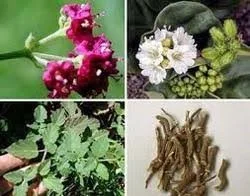
What are the side effects of Punarnava?
- It acts as a diuretic, and it needs to be used with caution in a patient with high BP and Kidney disorders.
- It may create a burning sensation in the throat if taken empty stomach, without water.
- Punarnava should be avoided in Ethanol-allergic persons, also with alcohol.
- Side effects are of taking the drug in high doses, under the guidance of qualified vaidya, or in appropriate doses it is safe to consume.
Additional information
List of formulations
- Punarnavastak kwatha
- Punarnavasav
- Punarnavadi mandura
- Punarnavadi guggulu
Morphology – Lata (Creeping herb)
Research
- Punarnava mandur in Garbhini Pandu
- The administration of Punarnava for 3-6 months showed that the drug decreased blood urea with a simultaneous increase in serum cholesterol and blood sugar. This is attributed to the Rasayan effect (anabolic effect) of the drug (Appa Rao et al., 1969).
- The haematinic effect of the drug is reported through a clinical study (Apparao et al., 1967).
- A significant diuretic activity of alcoholic and aqueous extracts and the active principle was found in saline-loaded albino rats (Haravey, 1966).
- The aqueous and acetone extracts of roots (4 mg/100 g) each, showed significant anti-inflammatory activity on carrageenin-induced edema and formaldehyde-induced arthritis in albino rats. Punarnavine was found less active than the acetone extract. The activity is similar to hydrocortisone (Bhalla et al., 1968 & 1971).
- The total alcoholic extract was found to have significant anti-inflammatory activity against carrageenin-induced hind paw edema in rats. The activity was more significant in non-water-soluble portion of the total extract (Singh and Udupa, 1972c).
- The total alcoholic extract showed a Cardiotonic effect in perfused frog heart preparation and anesthetized dog heart in situ (Singh & Udupa, 1972c).
- The drug in the form of a powder on an aqueous decoction was found to be useful in the treatment of nephrotic syndrome in 22 patients. The drug compared well with known drugs like corticosteroids. The drug-induced diuresis in these patients. Besides relief in clinical edema, these patients also showed an overall improvement, such as a decrease in albumin urea, a rise in serum protein, and a fall in serum cholesterol level (Singh & Udupa, 1972d).
- The fibrinolytic activity of B. diffusa is reported (Sri vastava et al., 1980).
- Hypoxanthine-9-arabinofuranoside produced depressor and negative chronotropic effects in rats and cats; it also produced negative chronotropic and inotropic responses in guinea pig isolated atrial muscle (Fitoterapia, 1985, 56, 31).
- Punarnavoside at an oral dose of 25 mg/kg for 7 days stopped IUCD-associated bleeding episodes in rhesus monkeys. (Ind. J. Chem. 1989, 28B, 163).
- Chloroform and methanolic extracts of roots and aerial parts exhibited hepatoprotective activity against CCI4-intoxication in rats; a retinoid, a steroid, and a flavone retaining hepatoprotective activity were also obtained (Ind. Drugs 1989, 27, 61).
- Liriodendrin exhibited significant Ca++ channel antagonistic effect in frog heart single cell (Chem. Pharm. Bull. 1991. 39, 1551).
- B. diffusa produced 50% inhibition of lipid peroxidation at a concentration of 2.28 mg/ml and 1.84 mg/ml in the Fe++ ascorbate system. Through this the anti-oxidant property of
B. diffusa is established (Joy & Kuttan, 1995). - B. diffusa is found to be a source of calcium channel blockers (Aftab et al., 1996).
- Seeds showed inhibitory activity against Pseudo. Cichorii, Bacillus subtilis, Salm. Typhimurium and Esch. Coli (Sushil Kumar et al., 1997).
- The alkaloidal fraction of B. diffusa root was found to possess restorative activity against stress-induced changes in plasma and adrenal cortisol levels. It also significantly augmented the antibody production in stressed rats as compared to control (Mungantiwar et al., 1997).
- The aqueous extract of roots ( 2 ml/kg) collected in summer (1-3 cm diameter) exhibited marked hepatoprotective activity (Rawat et al., 1997).
Conclusion
In conclusion, Punarnava emerges as a potent herb within the realm of Ayurveda, offering a spectrum of health benefits. Its diuretic properties aid in kidney function, while anti-inflammatory attributes contribute to overall wellness. Despite its therapeutic potential, individuals must approach its consumption with awareness, considering potential interactions with medications. The dual nature of Punarnava, as both a traditional remedy and a subject of scientific scrutiny, underscores the dynamic landscape of herbal medicine.
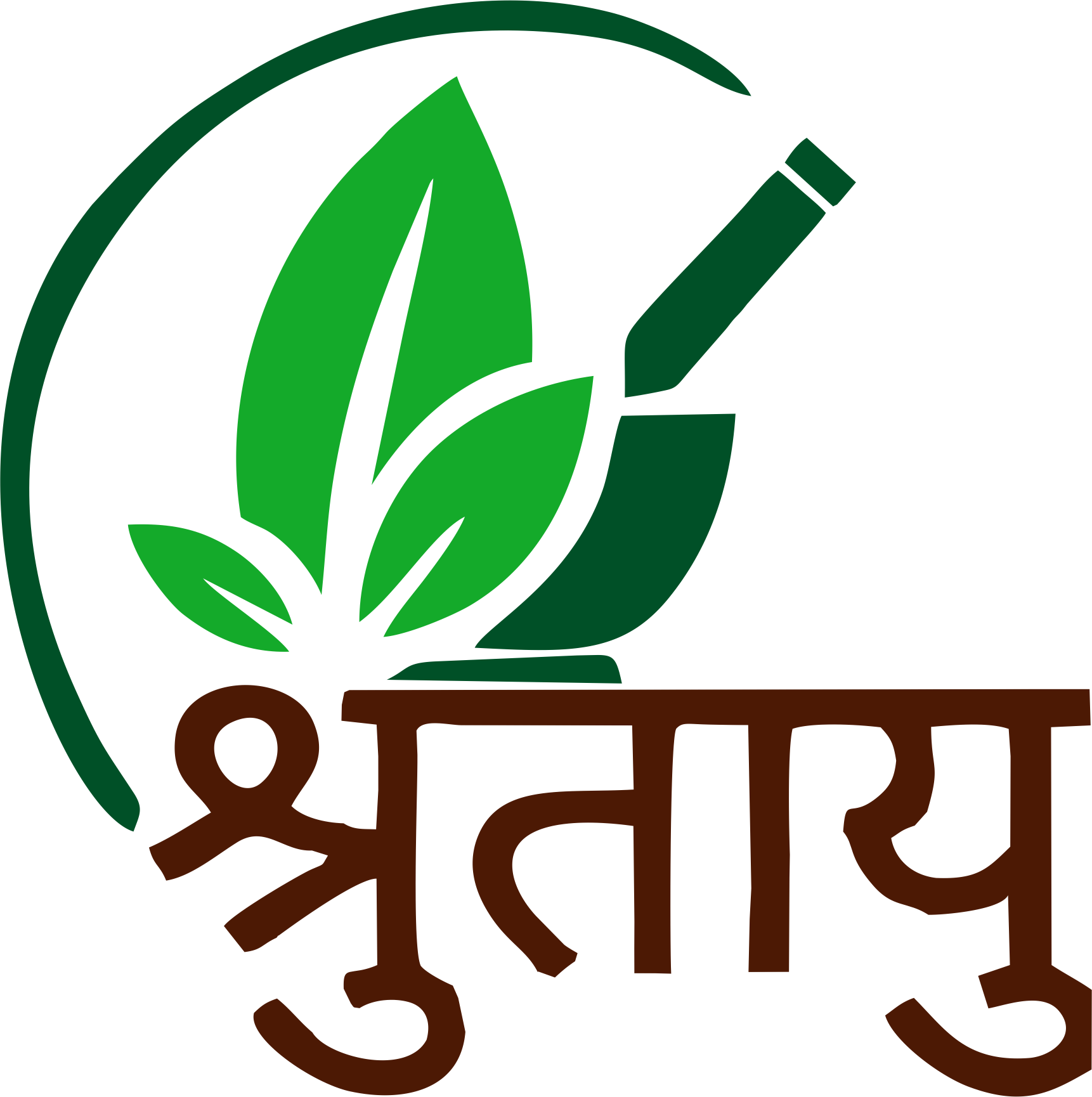
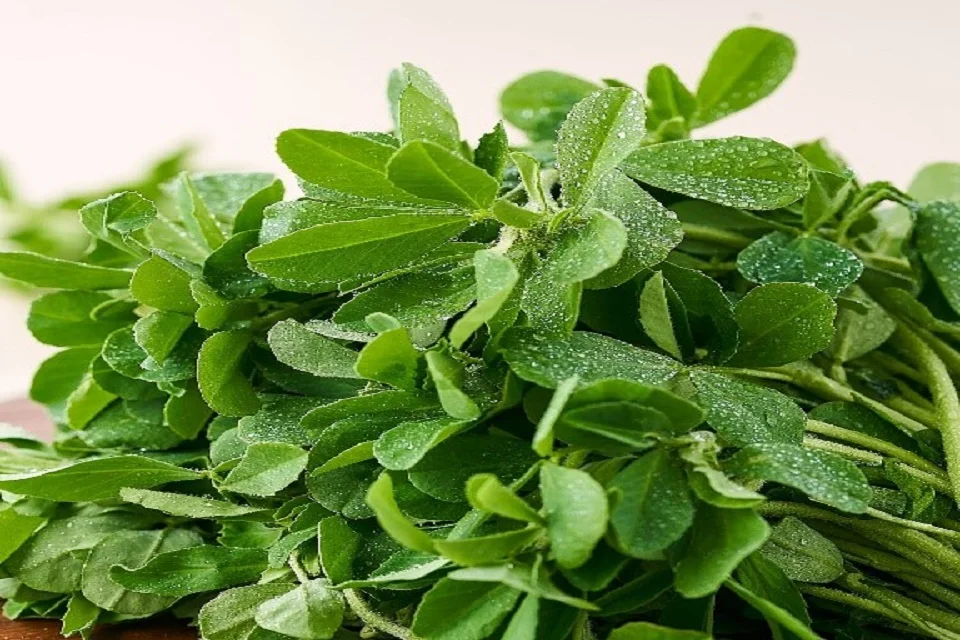


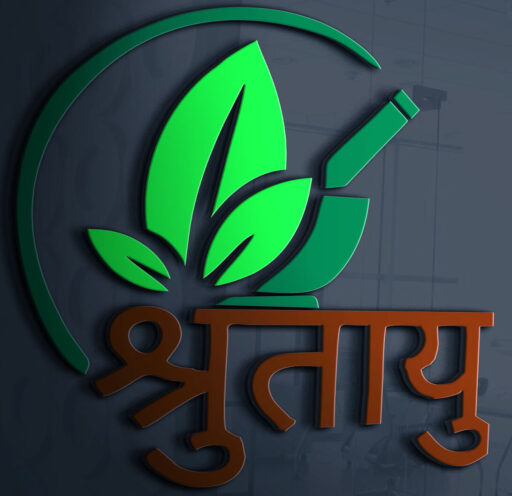

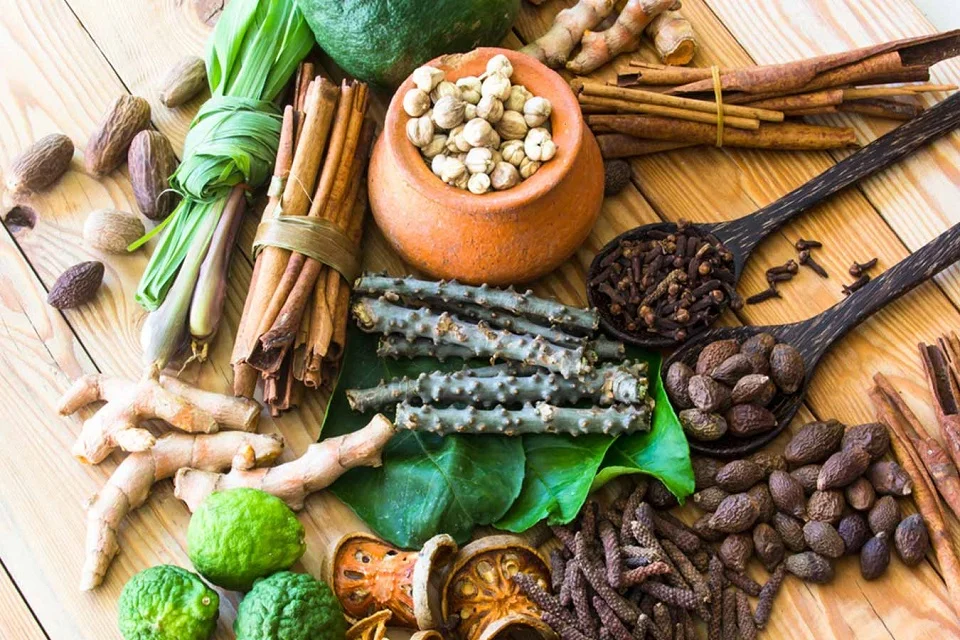

Got Something To Say